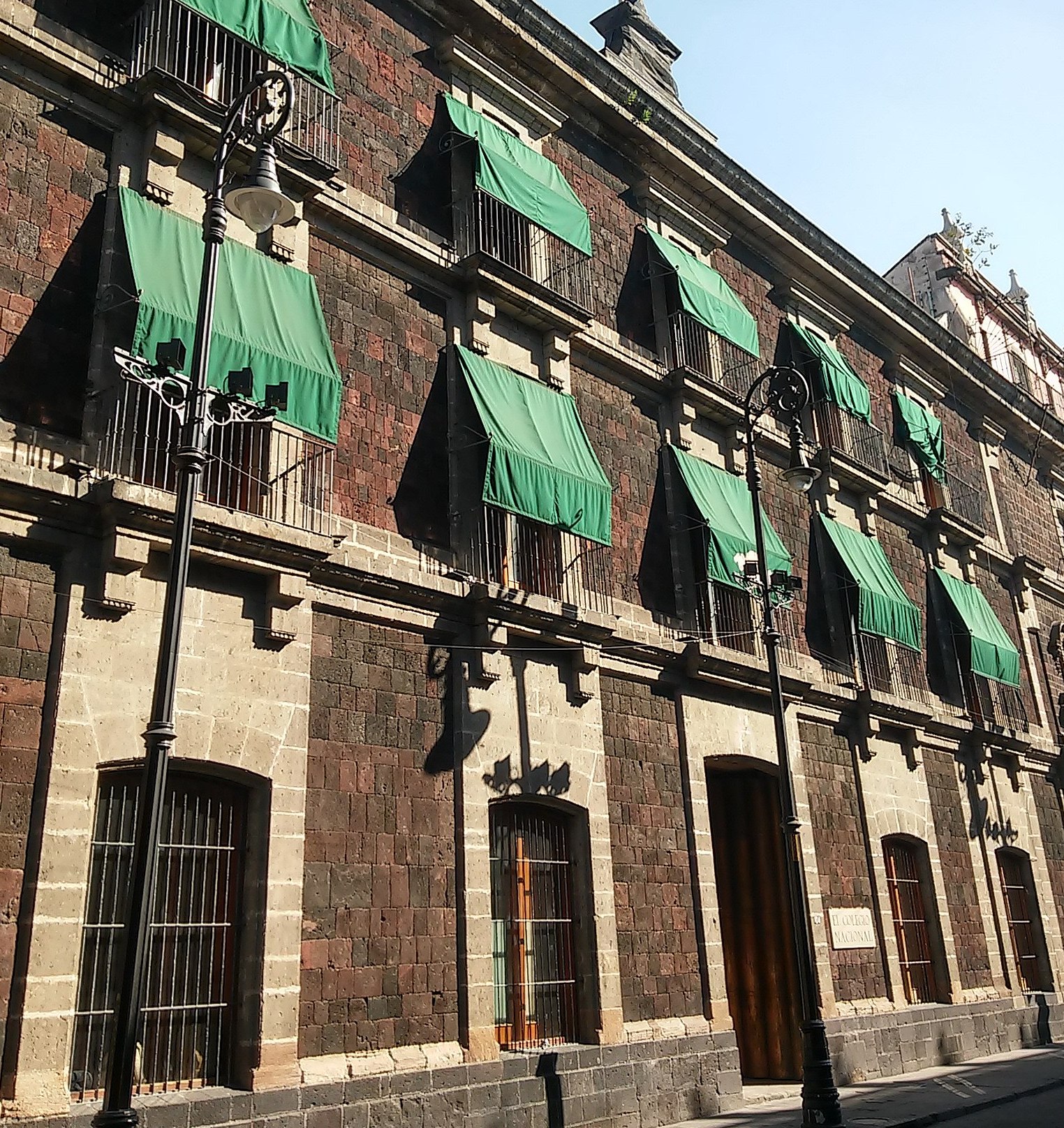
Photo: YoelResidente on Wikimedia Commons
El Colegio Nacional es una institución publica dedicada a la producción de conocimiento científico, artístico, humanístico de forma gratuita y accesible. Sin ninguna restricción curricular. A la fecha 105 personalidades de muchas disciplinas han sido reclutadas. Cada año, 250 actividades culturales y académicas reciben alrededor de 30,000 visitantes. El colegio tiene una comunidad de 212,000 personas.
El COLNAL publica alrededor de 50 obras de manera impresa y 45 de forma digital de manera anual. Ha producido múltiples materiales audiovisuales como series de televisión, documentales, entre otros, que se pueden ver desde su canal de YouTube. Tienen un centro de documentación que consiste en una biblioteca, un archivo histórico, de periódicos y biblioteca de medios audiovisuales, todos ellos dedicados a la clasificación, preservación y recolección de las obras de los miembros del colegio.
El edificio
Fue construido como convento y escuela para mujeres. En el sitio antes habían dos casas en la que hoy es la calle de Donceles. Se inició su construcción el 23 de junio de 1754 y cocluyó en el 1° de noviembre. El 30 de diciembre de ese año llegaron los primeros estudiantes. El 11 de enero de 1755 llegaron los primeros estudiantes fuera del internado. En 1972 se construyó un templo dedicado a la virgen del pilar. Es considerado una pieza maestra del barroco novohispano. Fue reconstruido de 1789 a 1807 bajo el mando de Ignacio Castera.
Después del convento
En 1863, durante la guerra de Reforma, el convento cerró. Fue vendido durante el Segundo Imperio. Con la restauración de la república, el título fue anulado y sirvió un tiempo como prisión para los colaboradores de Maximiliano. Después de 1868, fue sede de la Suprema Corte de Justicia hasta 1906. Una sección del ala norte fue designada como escuela para ciegos. En 1943, los niveles superiores recibieron las oficinas centrales del colegio y con el tiempo, ésta se extendió al resto del edificio.
 +52 (55) 5789 4330
+52 (55) 5789 4330
 https://colnal.mx/
https://colnal.mx/
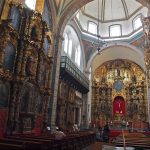
Cercano a 0.03 kms.
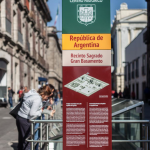
Cercano a 0.04 kms.
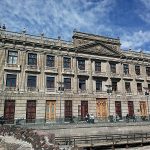
Cercano a 0.05 kms.

Una colección gráfica moderna en un destacado palacio barroco del siglo XVIII.

Probablemente el espacio de teatro y actuación más importante de toda la Ciudad de México, por supuesto que es el Esperanza Iris.

Fru Fru, uno de los teatros en funcionamiento continuo más antiguos de la Ciudad de México, tiene una reputación y un estatus legendario.
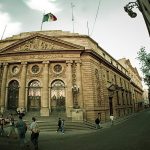
El palacio Donceles es el hogar de la Asamblea Legislativa de la Ciudad de México, un complejo neoclásico de historia.
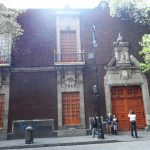
Entre los conjuntos arquitectónicos más destacados de la calle Donceles, mucho más conocida por sus libreros de segunda mano.